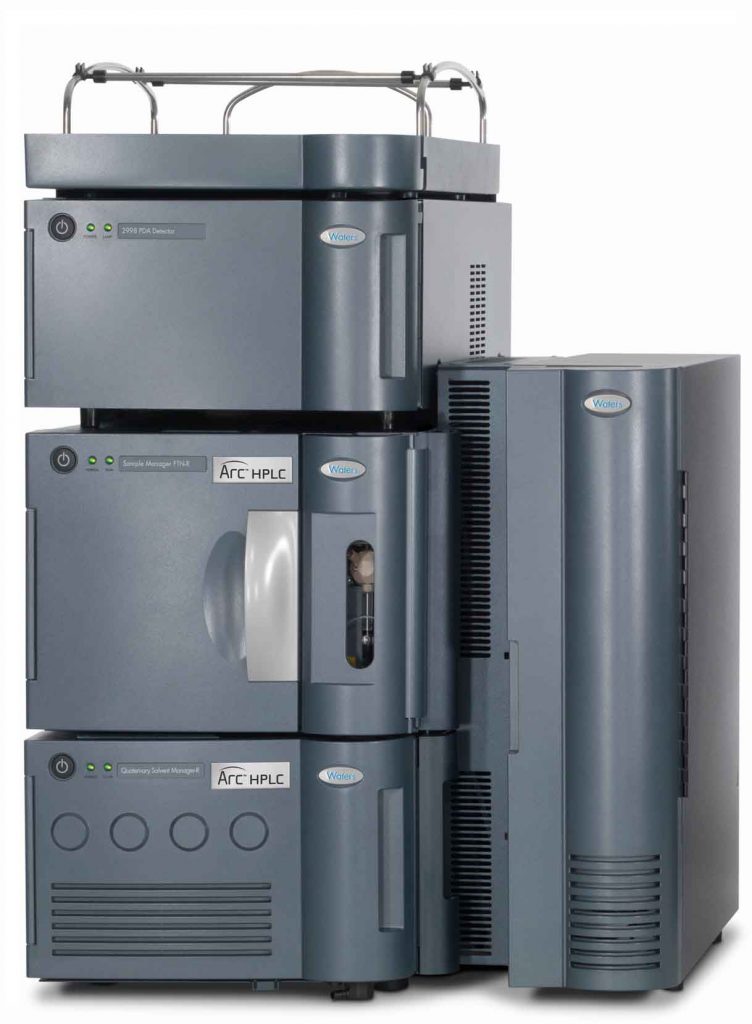
HPLC use in Pharmaceuticals
HPLC is a liquid chromatography form commonly used in the pharmaceutical industry, because it can provide the exact results needed. HPLC (High Performance Liquid Chromatography) use in Pharmaceuticals is increasing day by day. The results can be used to analyze drug products and the materials are quantitative and qualitatively during the manufacturing process.
Liquid chromatography is an analytical technique used widely in the pharmaceutical industry. How does it work and what method can be combined to increase its use?
High performance liquid chromatography (HPLC) is a very useful analytical technique with various applications. HPLC involves the adsorbent material column (such as silica beads) where the sample is forwarded under pressure. Each sample mixture component will interact differently from the material in the column, and thus, has a different flow rate. As a result, various components will leave columns at different times and can be collected separately. Qualitative and quantitative analysis can determine the identity of each component and sample composition.
HPLC is considered an important tool in various pharmaceutical applications, including evaluating formulations, checking purity, and monitoring changes due to process adjustments or during
HPLC is simple, specific, fast, precise and accurate “
Although it is expected that initially used as a free method for gas chromatography, the pharmaceutical industry is now almost exclusively using HPLC as a chromatographic technique. Calup.
Cleaning SOPs for HPLC (High Performance Liquid Chromatography)
Operational SOPs for HPLC (High Performance Liquid Chromatography)
Calibration SOPs for HPLC (High Performance Liquid Chromatography)
Installation Qualification of HPLC (High Performance Liquid Chromatography)
Operational Qualification of HPLC (High Performance Liquid Chromatography)
Performance Qualification of HPLC (High Performance Liquid Chromatography)


[…] this post, we will study Operational SOPs for HPLC (High Performance Liquid Chromatography). All the related outline, scope, responsiblity and procedure you will study […]
[…] HPLC (High Performance Liquid Chromatography) […]